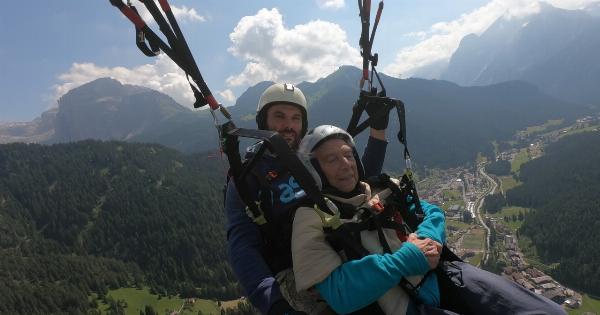Head injuries are often categorized as either mild or severe, depending on the impact and the resulting symptoms.
While severe blows to the head are commonly associated with significant damage and life-altering consequences, it is important to recognize that even the smallest blow to the head can have damaging effects that should not be ignored.
The Importance of Understanding Mild Head Injuries
Mild head injuries, also known as concussions, are often disregarded as insignificant. However, research has shown that these seemingly minor injuries can lead to long-term consequences if not properly addressed.
It is crucial to understand the potential dangers associated with any head injury, regardless of its severity.
Immediate Symptoms and Concerns
Even a small blow to the head can result in immediate symptoms that should not be taken lightly. These symptoms may include headaches, dizziness, nausea, confusion, and sensitivity to light or noise.
While these symptoms may initially seem insignificant, they can be indications of more severe damage within the brain.
If you or someone you know experiences any of these symptoms after a head injury, seeking medical attention is essential. A thorough evaluation and appropriate medical care are crucial to prevent any potential long-term consequences.
Delayed-Onset Symptoms and Long-Term Consequences
Some individuals may not experience immediate symptoms after a mild head injury. However, delayed-onset symptoms can occur hours, days, or even weeks after the initial impact.
These symptoms may include memory problems, difficulty concentrating, mood swings, irritability, and fatigue.
When left untreated, even a seemingly minor head injury can have long-term consequences. These can range from cognitive deficits and increased risk of future concussions to post-concussion syndrome and chronic traumatic encephalopathy (CTE).
Post-Concussion Syndrome (PCS)
Post-concussion syndrome is a condition that may develop after a head injury, even a mild one. It is characterized by persistent symptoms that can last for weeks, months, or even years after the initial injury.
Symptoms may include headaches, dizziness, difficulty sleeping, memory problems, and irritability.
The exact cause of PCS is not fully understood, but it is believed to be related to structural damage in the brain and chemical imbalances.
Treatment for PCS typically involves a multidisciplinary approach, including rest, medication, cognitive rehabilitation, and therapy.
Chronic Traumatic Encephalopathy (CTE)
Chronic traumatic encephalopathy is a progressive degenerative brain disease that can occur as a result of repeated head traumas.
While it is most commonly associated with athletes who participate in contact sports, such as football, anyone with a history of head injuries is at risk of developing CTE.
The accumulation of tau protein in the brain is a hallmark of CTE. This protein buildup can lead to various long-term symptoms, including memory loss, confusion, depression, aggression, and even dementia.
Unfortunately, CTE can only be definitively diagnosed after death through a brain autopsy.
Prevention and Precautions
Preventing head injuries is crucial to minimizing the potential damaging effects they can have. Some preventive measures include:.
- Wearing appropriate protective gear during high-risk activities or sports.
- Using seat belts and child safety seats in vehicles.
- Maintaining a safe environment, free of tripping hazards.
- Installing safety gates and guardrails for young children.
- Avoiding risky behaviors such as drunk driving or distracted activities.
- Practicing proper technique and safety protocols in sports and recreational activities.
These precautions can significantly reduce the risk of head injuries and their potential long-term consequences.
Conclusion
While severe head injuries often receive more attention, it is crucial to recognize that even the smallest blow to the head can have damaging effects.
Mild head injuries should never be dismissed lightly, as they can lead to immediate symptoms, delayed-onset symptoms, and long-term consequences. Seeking medical attention after any head injury is vital to prevent further damage and mitigate potential risks.
By understanding the importance of prevention and taking appropriate precautions, we can reduce the incidence of head injuries and protect ourselves and our loved ones from their damaging effects.




























